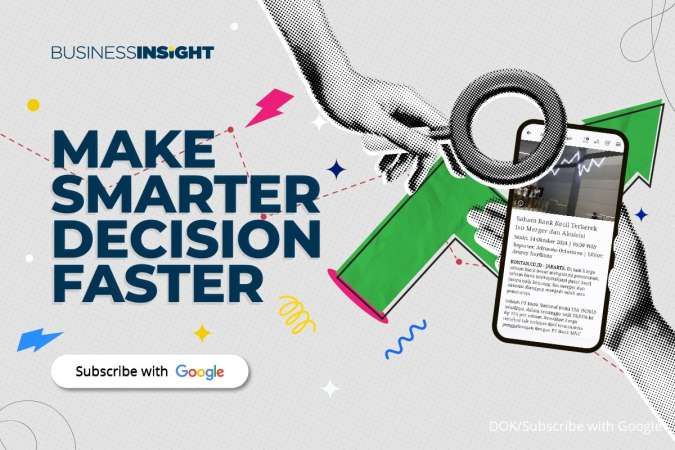KONTAN.CO.ID - WASHINGTON. The U.S. economy grew faster than expected in the fourth quarter amid strong consumer spending, and shrugged off dire predictions of a recession after the Federal Reserve aggressively raised interest rates, with growth for the full year coming in at 2.5%. The Commerce Department's advance fourth-quarter gross domestic product report on Thursday also showed inflation pressures subsiding further last quarter. The strong economic performance, which appears to have spilled over into the new year, suggested that March would be too soon for the U.S. central bank to start cutting interest rates. Rate cuts this year, however, remain in the cards as inflation cools.
Baca Juga: Sejahteraraya Anugrahjaya (SRAJ) Income Target to Increase 30% in 2024 "Whichever way you slice it, this report caps a year of stellar economic growth performance, particularly with the backdrop of the Fed's aggressive monetary policy tightening cycle," said Olu Sonola, head of U.S. regional economics at Fitch Ratings in New York. Gross domestic product increased at a 3.3% annualized rate last quarter after advancing at a 4.9% pace in the third quarter, the Commerce Department's Bureau of Economic Analysis said. Growth was also supported by an increase in exports, more government spending as a well as a pick-up in business investment. Inventory investment was neutral and the housing market eked out a modest gain. Economists polled by Reuters had forecast GDP rising at a 2.0% rate. Estimates ranging from a 0.8% rate to a 2.8% pace.
Baca Juga: Astra International (ASII) Shares are Under Pressure from Various Negative Sentiments The economy is expanding at a pace above what Fed officials regard as the non-inflationary growth rate of around 1.8%. Growth last year accelerated from 1.9% in 2022, and was the fastest in two years. The economy has stunned captains of industry and some economists who had called for a downturn since mid-2022. Part of the economy's stamina reflects labor market resilience, marked by low layoffs and strong wage gains, which are underpinning consumer spending. The Labor Department in a separate report on Thursday said initial claims for state unemployment benefits increased 25,000 to a seasonally adjusted 214,000 for the week ended Jan. 20. Economists had forecast 200,000 claims in the latest week. Increased government spending as well as near-zero interest rates during the COVID-19 pandemic, which allowed some corporations and households to lock in low borrowing rates, have also helped stave off a recession. Economists had largely based their gloomy forecasts on the rapid pace at which the Fed was raising rates to dampen demand. Most have walked back their recession calls and now expect slow growth this year. Financial markets have pushed the odds of a March rate cut to below 50%, but the probabilities rise slightly for the May meeting.
Baca Juga: BREN and TPIA Have the Opportunity to Enter the MSCI Index The central bank is expected to keep its policy rate unchanged at the current 5.25%-5.50% range at its meeting next week. Since March 2022, the Fed has raised its benchmark overnight rate by 525 basis points. The dollar rose against a basket of currencies. U.S. Treasury yields fell. CONSUMERS DRIVE THE ECONOMY Consumer spending, which accounts for more than two-thirds of U.S. economic activity, grew at a 2.8% rate in the October-December quarter after rising at a 3.1% pace in the third quarter. Income at the disposal of households after accounting for taxes and inflation increased at a 2.5% rate, quickening from the July-September quarter's 0.3% pace. Spending has also been supported by households drawing on savings accumulated during the pandemic as well as subsiding inflation.
Baca Juga: Surya Citra (SCMA) Targets Revenue Growth Through Election Series & OTT Businnes A measure of inflation in the economy increased at a 1.9% pace in the fourth quarter after advancing at a 2.9% rate in the prior quarter. The personal consumption expenditures (PCE) price index excluding the volatile food and energy components rose at a 2.0% pace, matching the July-September quarter's increase. The so-called core PCE price index was driven by housing as well as healthcare. It is one of the inflation measures tracked by the Fed for its 2% target. "We're still in a disinflationary mode," said Brian Bethune, an economics professor at Boston College. "The only remaining problem in terms of inflation is shelter. There's a significant structural deficiency of housing supply relative to demand, and there is only a limited amount the Fed can do about that."


